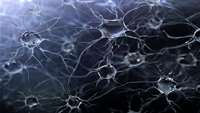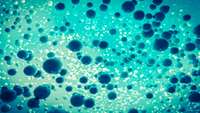Stem cells and more: How dentists of the future may fix your teeth
Rats and mice use their incisors—their two pairs of front teeth—to gnaw. The teeth would probably wear out if it werent for a peculiar fact: They never stop growing. That gives USC researchers some insight into regenerating teeth in humans.
Functional hair follicles grown from stem cells
Scientists from Sanford Burnham Prebys have created natural-looking hair that grows through the skin using human induced pluripotent stem cells (iPSCs), a major scientific achievement that could revolutionize the hair growth industry. The findings were presented today at the annual meeting of the International Society for Stem Cell Research (ISSCR) and received a Merit Award. A newly formed company, Stemson Therapeutics, has licensed the technology.
Embryonic microRNA fuels heart cell regeneration, researchers show
By adulthood, the heart is no longer able to replenish injured or diseased cells. As a result, heart disease or an event like a heart attack can be disastrous, leading to massive cell death and permanent declines in function.
Finding suggests ways to promote adult heart tissue regeneration
Injured hearts do not heal themselves. Heart muscle cells, or cardiomyocytes, do not proliferate as much as necessary to replace dead tissue with new, pumping cells
Metabolic Switch Supports Human Mesenchymal Stem Cell Immunosuppression
The overarching importance of the immunomodulatory capacity of human mesenchymal stem cells (hMSCs) to their therapeutic output supposes a need to fully understand the regulatory mechanisms behind this ability in order to further develop hMSC-based therapies that can translate to the clinic.
Calcium is key to age-related memory loss
The answer lies in synapses, the electrochemical connections between neurons that use neurotransmitter molecules to create the web of functions within the central nervous system. Professor Nick Hartell looked at whether calcium levels in the hippocampus, part of the brain necessary for learning and memory, might play a part.
Assembly of Human Stem Cell-Derived Cortical Spheroids and Vascular Spheroids to Model 3-D Brain-like Tissues
Human cerebral organoids derived from induced pluripotent stem cells (iPSCs) provide novel tools for recapitulating the cytoarchitecture of human brain and for studying biological mechanisms of neurological disorders.
New mechanism of bone growth discovered
In a paper published in the journal Nature, an international research team led by researchers at Karolinska Institutet in Sweden reports that bone growth in mice takes place in accordance with the same principles as when new cells are produced in blood, skin and other tissue.
Transplanted bone marrow endothelial progenitor cells delay ALS disease progression
Transplantation of human bone marrow-derived endothelial progenitor cells (EPCs) into mice mimicking symptoms of amyotrophic lateral sclerosis (ALS) helped more motor neurons survive and slowed disease progression by repairing damage to the blood-spinal cord barrier (BSCB), University of South Florida researchers report.
Impaired Bone Regenerative Effect of Exosomes Derived from Bone Marrow Mesenchymal Stem Cells in Type 1 Diabetes
Stem cell‐derived exosomes have exhibited promise for applications in tissue regeneration. However, one major problem for stem cell‐derived exosome therapies is identifying appropriate source cells.


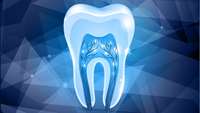
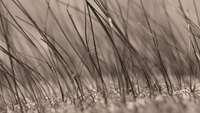



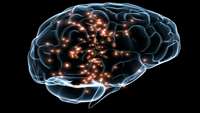
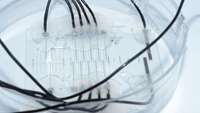
_135335.jpg)
